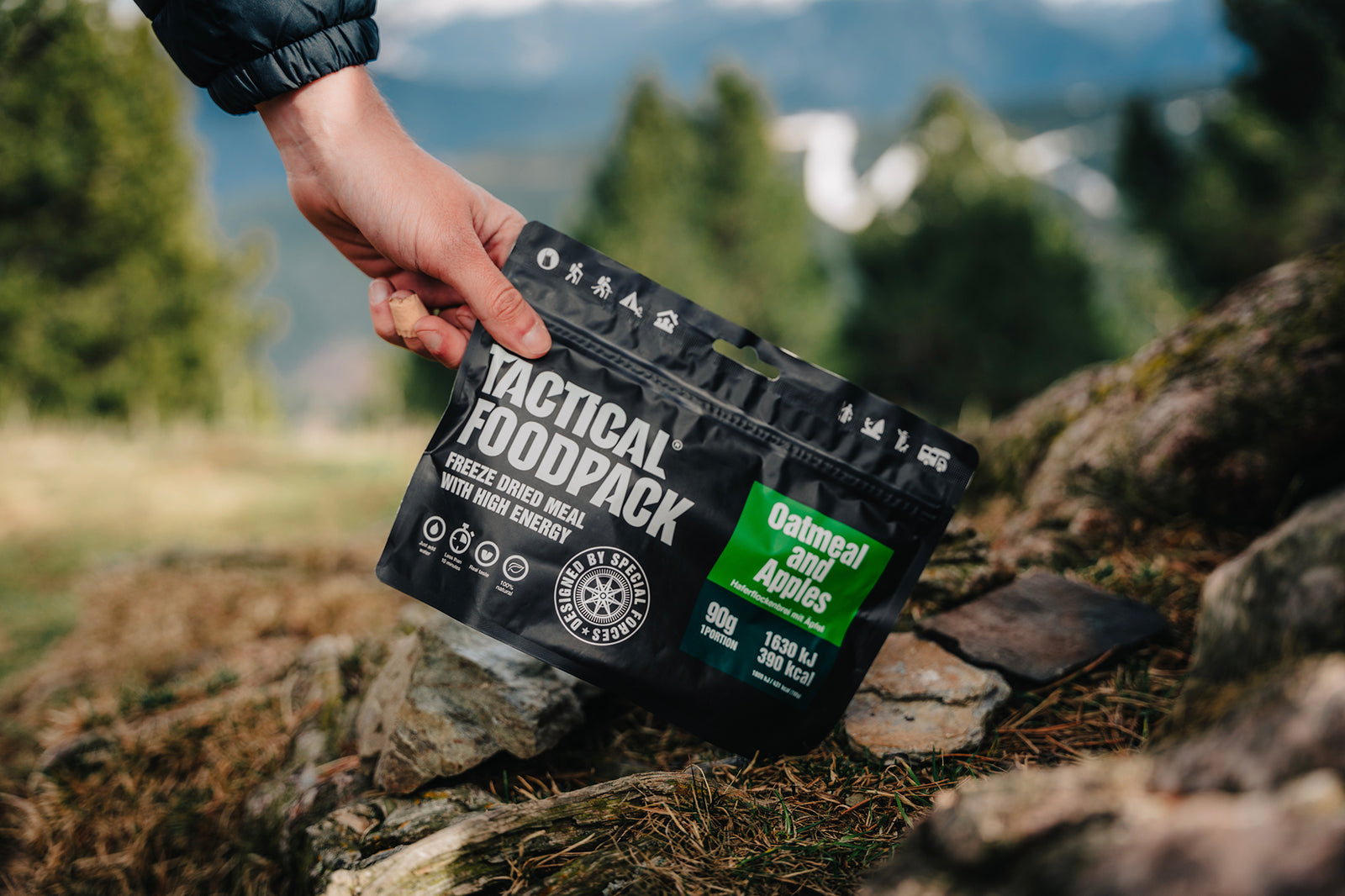Shop
Roof tents
Roof tent accessories
Bivouac and camping equipment
Roof tents
Roof tent accessories
Bivouac and camping equipment

FREEZE-DRIED VS. DEHYDRATED MEALS – WHAT’S THE DIFFERENCE AND WHICH IS THE BEST OPTION?
January 26, 2024
FREEZE-DRIED VS. DEHYDRATED MEALS – WHAT’S THE DIFFERENCE AND WHICH OPTION IS BEST FOR ME?
Too many outdoor meals on the market?
When it comes to choosing the perfect food for your outdoor adventures or hikes, the options are endless. There are many meals on the market, with varying prices and different manufacturing processes, so it can be difficult to choose the one(s) that best suit your needs.
At Avendoor, we offer these products to accompany you wherever you go.
 Both freeze-dried and dehydrated meals are lightweight, easy to transport, and quick to prepare. However, there are a few key differences to keep in mind:
Both freeze-dried and dehydrated meals are lightweight, easy to transport, and quick to prepare. However, there are a few key differences to keep in mind:
SPECIFICITIES
- Preservation Method: Freeze-dried meals are preserved by freeze-drying, a process that involves freezing the food and then removing the water by exposing it to a vacuum. Dehydrated meals, on the other hand, are preserved by heat using a food dehydrator or oven.
- Texture and appearance: Freeze-drying removes water more efficiently than dehydration, so the ingredients in freeze-dried meals retain their original shape, size, and texture better. Ingredients in dehydrated meals may be smaller and less distinguishable, and they may be more brittle and crumbly.
- Nutritional Value: Both freeze-dried and dehydrated foods are healthy, but freeze-dried foods are generally healthier because they retain a higher nutritional value (about 97%) than dehydrated foods (about 60%).
- Shelf life: Freeze-drying removes 98-99% of moisture from food, while dehydration removes about 80-90%. Both processes remove enough moisture that they allow for long-term food preservation. However, freeze-drying removes more moisture, giving freeze-dried meals a longer shelf life than dehydration.
- Preparation and Rehydration: Freeze-dried foods can be rehydrated in 5 minutes or less using cold or hot water, while dehydrated foods take 10 to 20 minutes to rehydrate using boiling water.
- Flavor: Freeze-dried foods tend to retain most of their flavor, while dehydrated foods may lose some due to the heating process. Freeze-drying freezes food immediately, locking in the flavor before removing moisture.
Discover our Tactical Foodpack rations on our website avendoor.com.

THE LITTLE EXTRAS
When it comes to outdoor meals, both freeze-dried and dehydrated meals are great options. However, freeze-drying has some additional benefits, which is why freeze-dried meals tend to be a bit more expensive than dehydrated meals.
Finally, it's also important to pay attention to the ingredient list. Some brands use artificial flavors, colors, and preservatives, while others opt for only natural ingredients. Furthermore, some recipes aren't as healthy as they seem; some contain palm oil or a lot of sugar. If you're looking for balanced and healthy recipes, consider choosing ones that include natural ingredients and minimal additives. This will give you the peace of mind that comes from knowing you've made a conscious choice for a healthy outdoor meal.

CONCLUSION
In conclusion, whether you choose a freeze-dried or dehydrated outdoor meal, we recommend considering all of the following aspects: the storage method, nutritional content, shelf life, manufacturing process, and flavors. Remember to also pay attention to the ingredient list, as mentioned above, and choose meals made with natural and sustainable ingredients, which will contribute to a more satisfying outdoor experience.
The easiest way to prepare our meals is to add hot water, mix, and then wait 8 to 10 minutes depending on the recipe. This way, you can enjoy a delicious meal in any situation; whether you're hiking, at sea, on a road trip, or simply at home.
